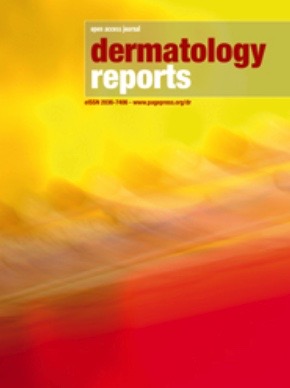Biologics and small molecules treatment for moderate-to-severe atopic dermatitis patients with comorbid conditions and special populations: an Italian perspective
All claims expressed in this article are solely those of the authors and do not necessarily represent those of their affiliated organizations, or those of the publisher, the editors and the reviewers. Any product that may be evaluated in this article or claim that may be made by its manufacturer is not guaranteed or endorsed by the publisher.
Authors
This comprehensive review offers a detailed look at atopic dermatitis (AD) treatment in Italy, focusing primarily on the use of biologics and small molecules. In response to advancing knowledge of AD’s causes and treatments, there’s a global need for updated guidelines to provide physicians with a more comprehensive clinical perspective, facilitating personalized treatment strategies. Dupilumab, a groundbreaking biologic, gained approval as a significant milestone. Clinical trials demonstrated its ability to significantly reduce AD severity scores, with an impressive 37% of patients achieving clear or nearly clear skin within just 16 weeks of treatment. Real-world studies further support its efficacy across various age groups, including the elderly, with a safety profile akin to that of younger adults. Tralokinumab, a more recent approval, shows promise in clinical trials, particularly among younger populations. However, its real-world application, especially in older individuals, lacks comprehensive data. Janus Kinases inhibitors like Upadacitinib, Baricitinib, and Abrocitinib hold substantial potential for AD treatment. Nevertheless, data remains limited for patients over 75, with older adults perceived to carry a higher risk profile. Integrated safety analyses revealed individuals aged 60 and above experiencing major adverse cardiovascular events and malignancies, underscoring the need for cautious consideration. While these therapies offer promise, especially among younger patients, further research is essential to determine their safety and efficacy in various populations, including pediatric, geriatric, and those with comorbidities. Biologics and small molecules are improving AD treatment, as shown in this review.
How to Cite

This work is licensed under a Creative Commons Attribution-NonCommercial 4.0 International License.








